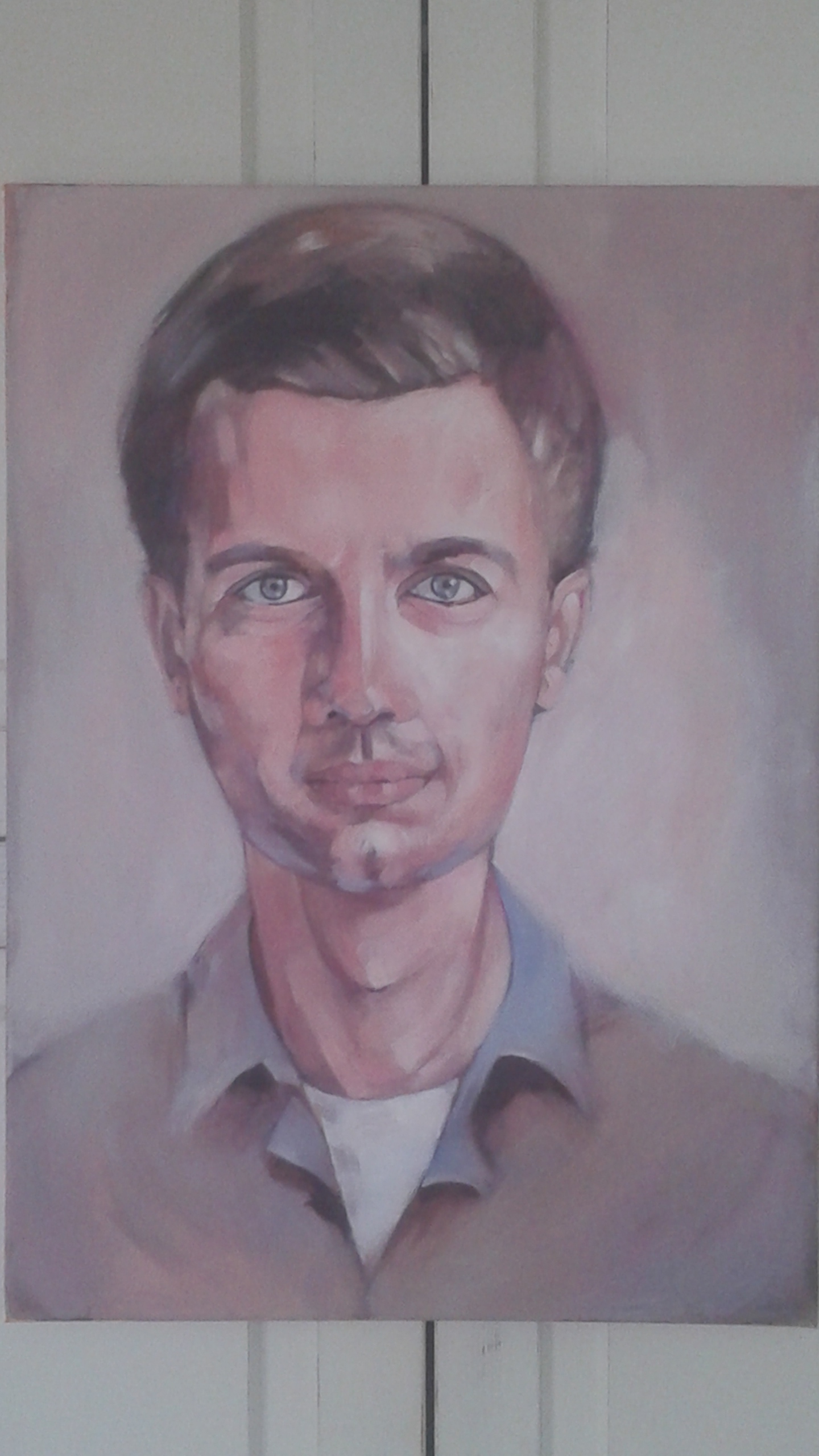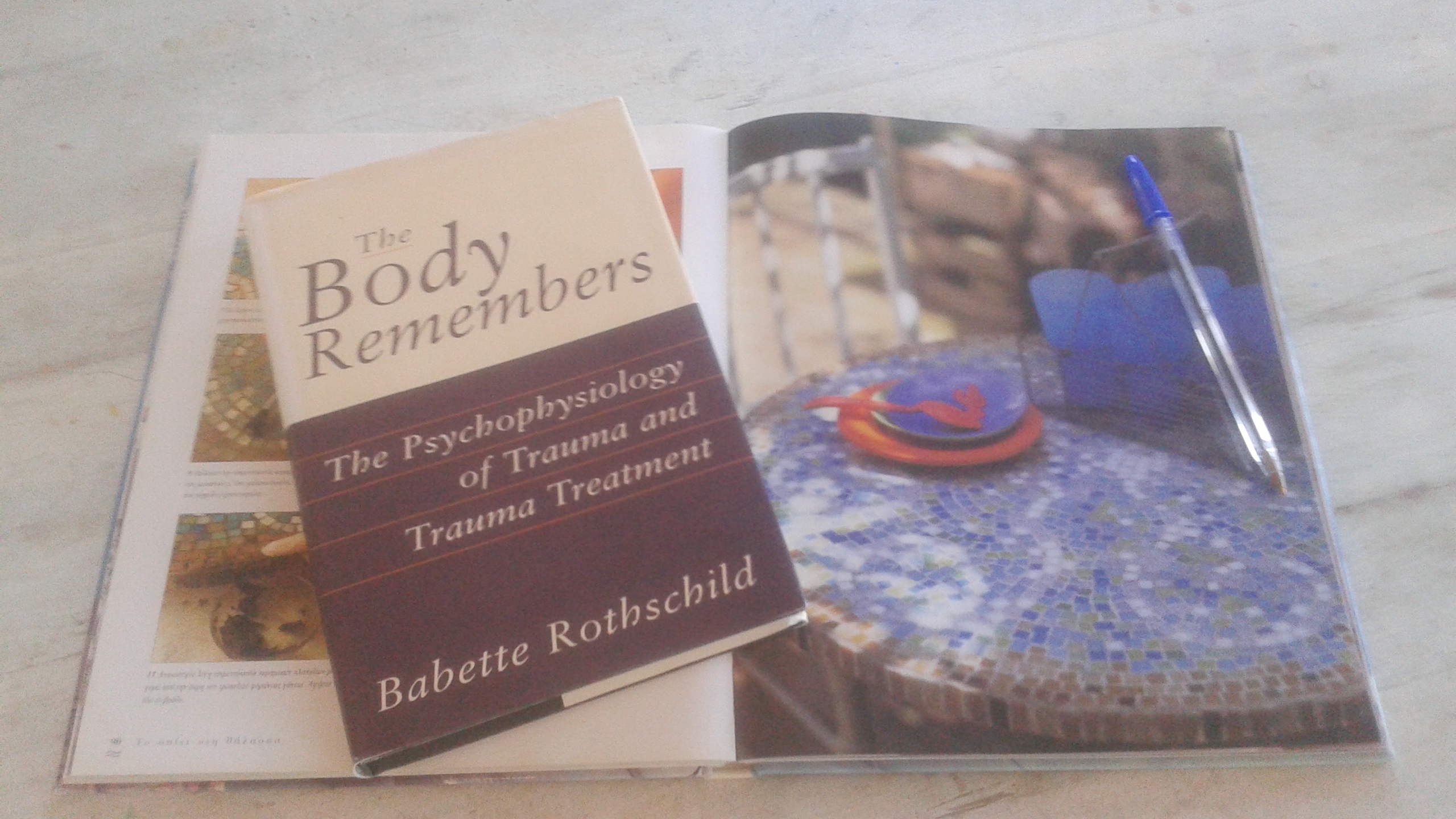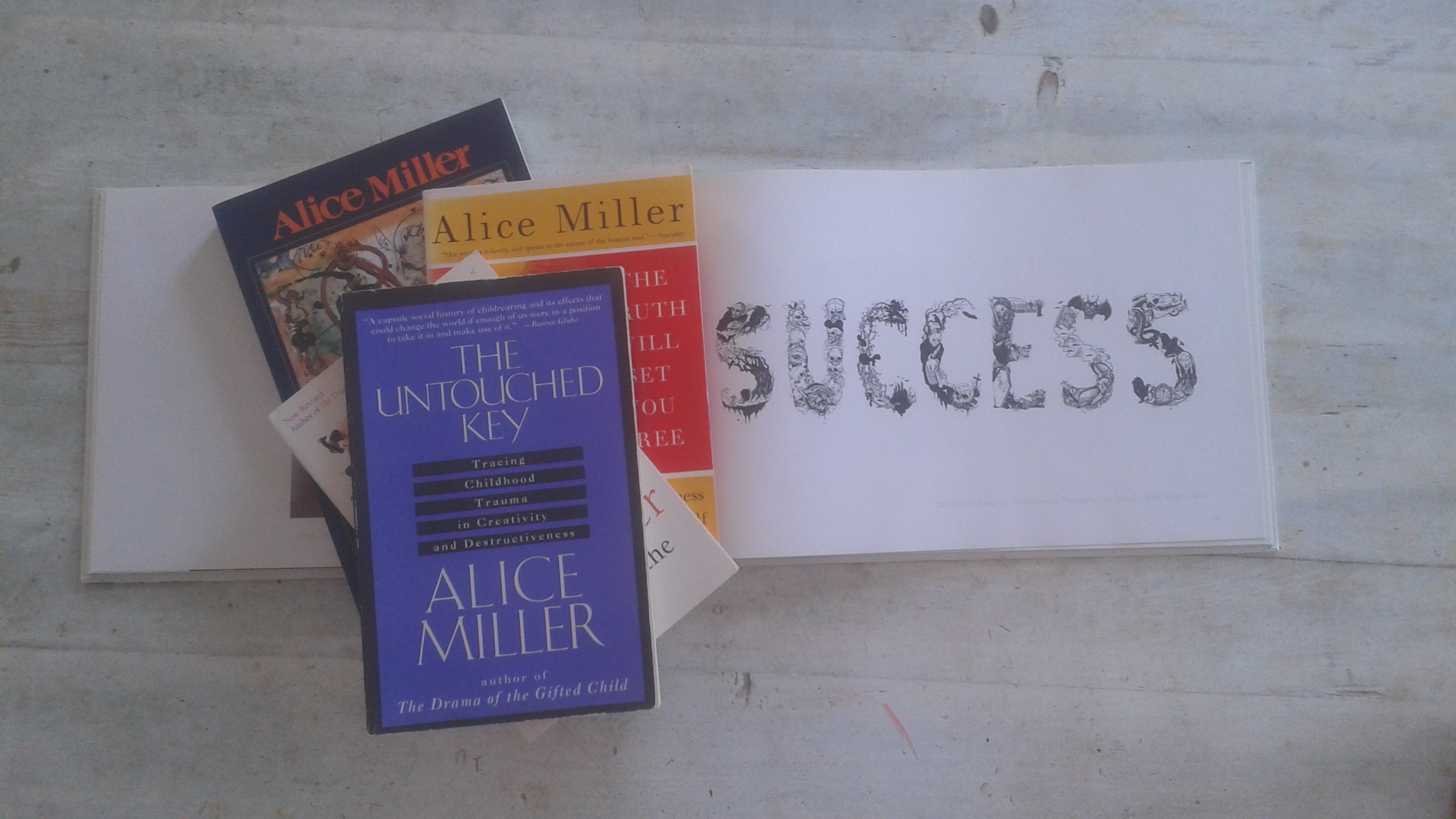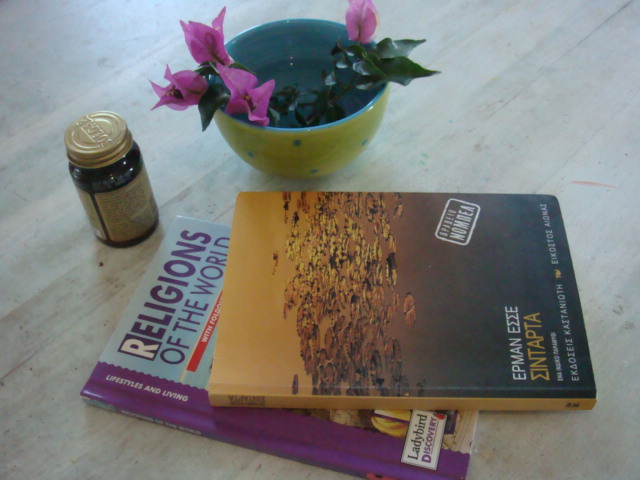Summer activities
It’s you I like / It’s not the things you wear,
It’s not the way you do your hair / But it’s you I like
The way you are right now / The way down deep inside you
Not the things that hide you / Not your toys / They’re just beside you But it’s you I like / Every part of you
Your skin, your eyes, your feelings / Whether old or new
I hope that you’ll remember / Even when you’re feeling blue
That it’s you I like / It’s you yourself / It’s you
It’s you I like (Written by Fred Rogers, 1971)

Over this last week I’ve been painting the portrait I am posting today, listening to a lifelong deep urge to do art for the sake of simply doing it, and also, for the healing of my body and psyche. In some sense it is a meditative practice and every brush stroke brings me back home to me. In Pictures of a Childhood Alice Miller explored the connection between childhood and that creative activity, which ‘somehow permits us to give form to the chaos within and thereby master our anxiety’. She also traced trauma in creativity and wrote about the roots of creativity in the authentic self’s struggle for survival. I have also been to the open summer cinema this week to watch “A Beautiful Day in the Neighborhood” written by Micah Fitzerman-Blue and Noah Harpster, and directed by Marielle Heller. Watching a film on a big screen in an open space with sprawling bougainvillea vines under the stars is always a treat for me.
The story is based on a 1998 magazine profile of both the off camera Fred Rogers and his television persona by Tom Junod; however, it’s not a biopic, even though it refers to Mr Rogers’ work in children’s television. It is primarily a story about the friendship that develops between Mister Rogers and Lloyd Vogel, the jaded journalist, who is assigned to profile this television icon and tries to break through what he considers to be a veneer of decency and kindness in order to find the true person behind it. However, the encounter proves transformative for him as he is compassionately guided in letting go of unmetabolized hurt and resentment and in becoming more emotionally responsive and a more involved father. We watch the character development and growth of Lloyd as the film unrolls.
The story aside, one could say it is a film about kindness, integrity, friendship, compassion, the art of listening to others, creating a sense of possibility and transformation, emotional intelligence and teaching children (and adults) the importance of recognizing, feeling, discussing and dealing with emotions in empowered ways, Mister Rogers encourages children (and adults) to talk and think about their feelings, and he de-stigmatizes the way we express or discuss painful emotions by normalizing the fact that there is suffering and pain in life and it is okay to talk about it because anything that can be talked about can be managed. He suggests ways of consciously practising kindness and calm and dealing with emotions, such as, pain, anger, loneliness, frustration, and death, in non destructive ways like pounding a lump of clay, doing a physical activity like running or racing, going swimming, thumping on the low notes of a piano.
Mr Rogers, played by Tom Hanks, seems to have a gift of sensing other people’s distress or unhappiness, but he moves beyond sensing and feeling to compassionate action. He uses practices and interventions to help others. He believes that when adults are able to remember their own childhoods they are better able to hold space for their children’s and others’ emotional reality, and also, manage their own emotions because through being in touch with our past and present emotional experience we can stay connected to our empathy and vulnerability, which foster maturation and more compassionate and intelligent relational interactions.
In order to survive his painful childhood and move on in life, Lloyd Vogel, played by Matthew Rhys. has closed off certain painful emotions and has become cynical, but through compassionate involvement and thoughtful questions, Mister Rogers creates a safe relational container for his friend to move through and beyond the walls of hurt and to evolve to a less defended and more forgiving and responsive human. At some point he says: ‘Look at us—I’ve just met you, but I’m investing in who you are and who you will be, and I can’t help it.’ He introduces Lloyd to the puppets he uses in the show and asks him to remember the first toy animal he had as a child, Old Rabbit, as a means to breaking barriers of numbness and cynicism and getting him to reconnect to his inner child or younger aspects of self who are burdened with emotions and pain. His puppet, Daniel Striped Tiger, is an evocation of Mister Roger’s childhood feelings of insecurity. Mr. Rogers mentions in the film that he was bullied and picked on as a chubby kid and was called “fat Freddie”, His puppet King Friday XIII, seems to represent that adult attitude of always getting one’s way, which may not always be the wise or kind way. Adults may not always have the right answers or solutions and they too make mistakes and they definitely need help. There is a scene in the film where Mr Rogers fails to put up a tent, but rather than shooting another scene he decides that his failure is the important lesson. He explains to Lloyd that “it’s important for children to know that adults’ plans don’t always work out.”
As one watches the film it becomes apparent that Mr. Rogers is not only present, attentive and insightful, but he is also psychologically informed. He uses a kind of probing influenced by the Socratic method perhaps or emotions maieutics, to use a Greek term, to help Lloyd tap into old festering wounds so that he may feel, understand, and finally, be able to let go of pent up rage and grief. Through an empathic confronting of the past and self examination Mr Rogers guides Lloyd to reconciliation with his father and the past and greater emotional maturation. Another important value and experience that Mr Rogers encourages is acceptance of everyone’s inherent worth and non negotiable value. He wants children to know that they are loved no matter what and that they are loved for who they are deep inside. His intention and hope is for adults to ‘appreciate children for what they are, not for what they will be’, and that in order to relate to their children, adults should recall their own childhoods.
He also encourages people to experience themselves in the small silences between busyness and activity. There’s a restaurant scene in which Mr Rogers asks Lloyd to do a one minute practice with him, which involves remaining silent and reflecting on all the people who “loved him into being” or made him who he is; this might include the people who have hurt us. Research has shown that human beings have a survival-related negativity bias, which practically means more brain activity and energy are dedicated to registering and responding to negative experiences and anticipating what might go wrong than to the positive in our lives. And this is too often reinforced by an outer world, which constantly reminds us of the ways that we come up short, or all the reasons to feel threatened. Research has also found that having felt experiences of being loved and supported influences our physical and psychological well-being in a positive manner. So, by directing our attention to those who have loved and / or supported us we build up resilience and inner resources. By taking in the good and savoring it, as Rick Hanson, says, we build up the neural circuitry of resilience and goodness drop by drop.



 Today I thought I’d share a meditation practice I have been engaging for a little while from Rick Hanson’s book Neurodharma. Among other things in this book Rick Hanson explores how to develop seven practices of awakening, which he identifies as steadying the mind, warming the heart, resting in a sense of enoughness and of being whole, receiving nowness, opening into allness and finding timelessness. Rick Hanson suggests that we can engage with each practice separately or as a whole meditation. Below is a summary of this meditation practice:
Today I thought I’d share a meditation practice I have been engaging for a little while from Rick Hanson’s book Neurodharma. Among other things in this book Rick Hanson explores how to develop seven practices of awakening, which he identifies as steadying the mind, warming the heart, resting in a sense of enoughness and of being whole, receiving nowness, opening into allness and finding timelessness. Rick Hanson suggests that we can engage with each practice separately or as a whole meditation. Below is a summary of this meditation practice: